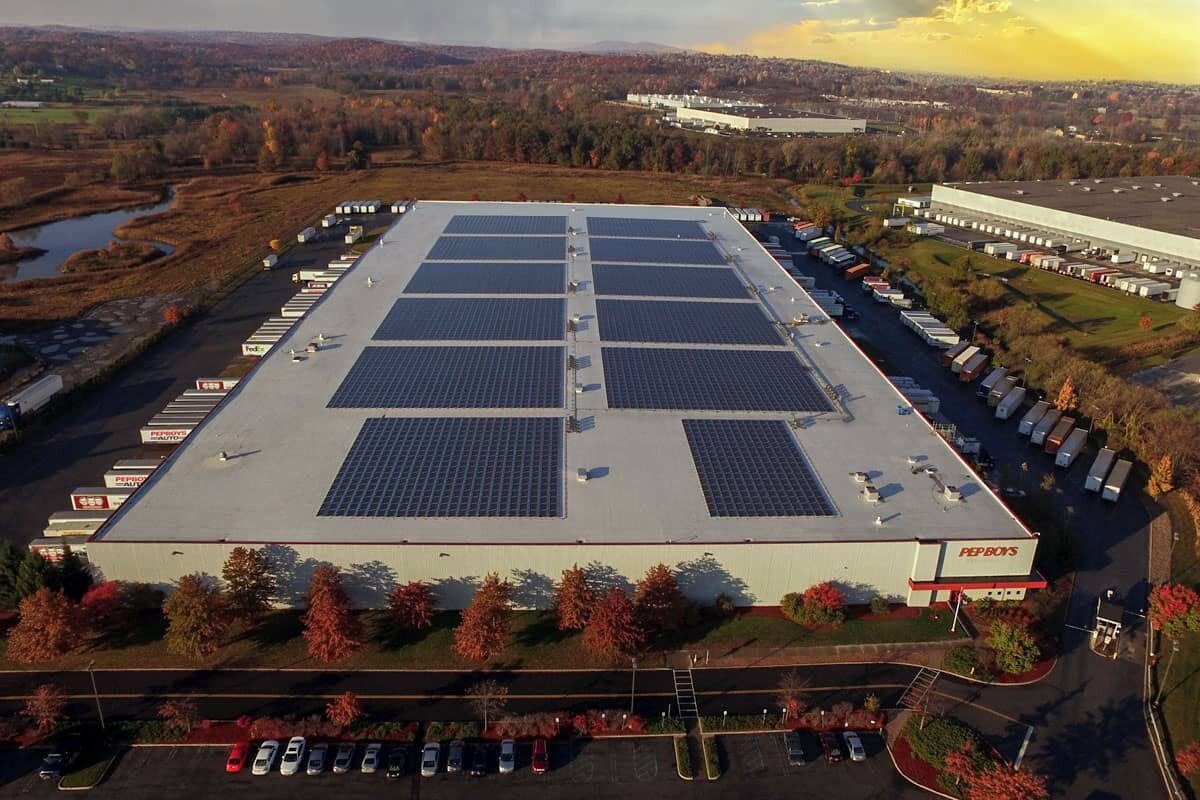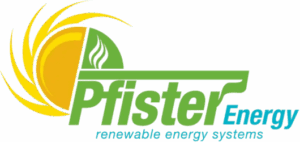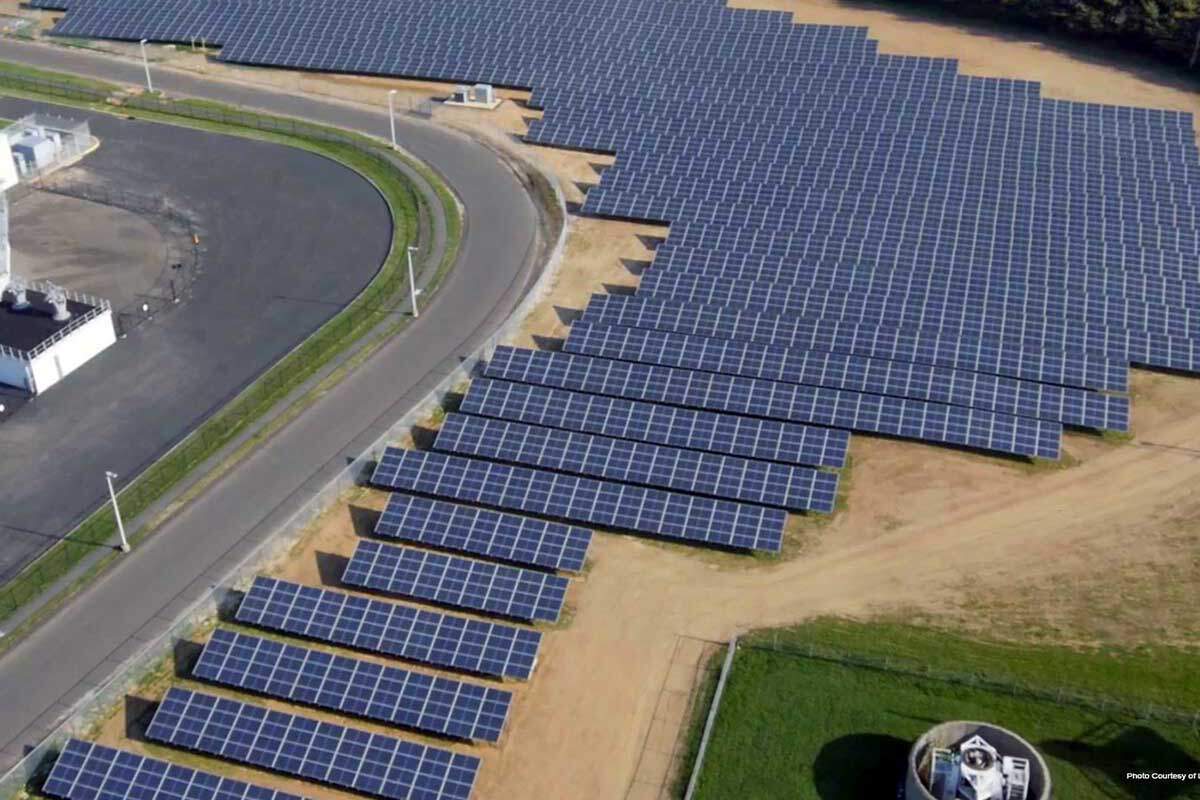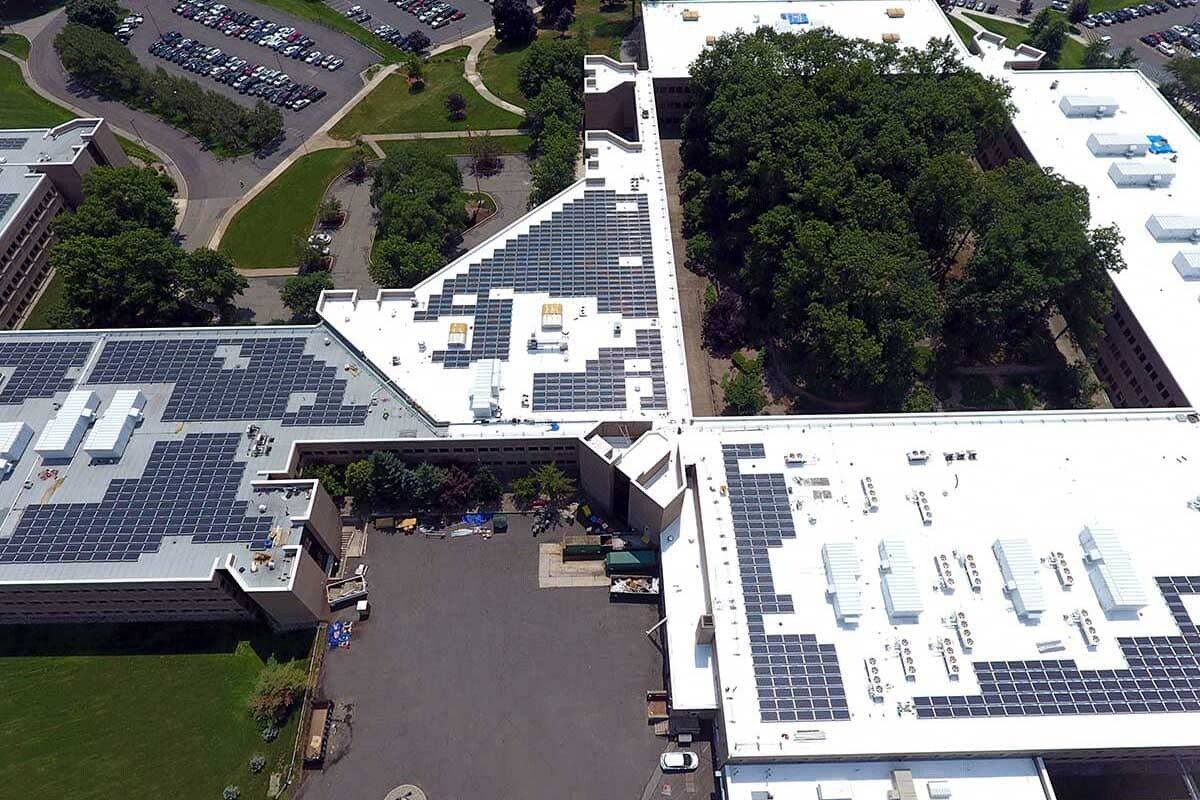
Build a Solar Farm
WITH PFISTER
ENERGY
As a New Jersey community solar developer, Pfister Energy engineers, installs, and maintains community solar projects, including building solar farms, throughout the United States. With nearly two decades of solar energy experience, we are among the most knowledgeable solar energy companies in the Northeast.
Our team works to maximize project returns by optimizing energy output and mitigating risks. We utilize a variety of innovative solar equipment including bifacial solar panels, battery storage, and tracking devices.
what are they?
A solar farm is a large collection of photovoltaic (PV) solar panels that absorb energy from the sun, convert it into electricity, and send that electricity to the power grid for distribution and consumption. Solar farms — also called solar parks or photovoltaic power stations — are usually mounted to the ground instead of rooftops.
There are two types of solar farms:
- Utility-scale: arrays with thousands of panels that absorb energy from the sun, generate an electric current, and distribute power on high-voltage power lines. An example system size for a utility-scale solar farm is 180MW.
- Community solar: small-scale solar facilities that generate around 5MW of power for the community in which they are installed. Community solar farms are considered distributed energy (DER).
HOW DO THEY WORK?
Solar farms operate as clean energy power plants, just like natural gas power plants or other sources of energy generation, but without the pollution and damage to the environment. Solar Farms are decentralized and provide power to the electric grid, and are part of the area’s utility energy mix.
INCENTIVES AND BENEFITS
Solar energy technology has advanced over the last few years, and it has become one of the most environmentally friendly and cost-effective ways to generate energy. Solar farms provide many benefits, and incentives, for businesses, communities, and the environment.
- Creates a better habitat for animals and plants
- Provides a high return on investment
- Reduces carbon emissions
- Cost-effective and the lowest-cost form of solar energy
- Clean, reliable energy source
- Land can still be used for farming or grazing livestock by co-locating using agrivoltaics.




